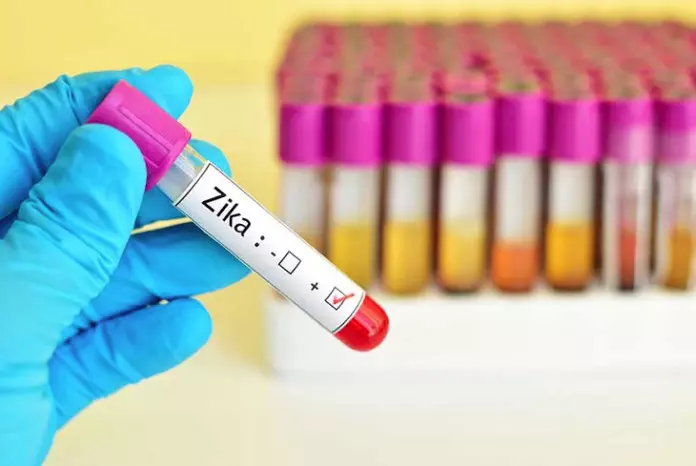Zika case in Pune increase to 5; lack of diagnostic tests hindering detection, say experts
Like dengue, chikungunya and malaria, Zika is another mosquito-borne virus.
By Neelambaran A
Representational Image.
Hyderabad: A pregnant woman has been detected with the Zika virus in Pune, taking the number of positive cases to 5. The detection of five cases in a span of 10 days has resulted in a ramping up of testing and fogging activities by the Pune Municipal Corporation.
Earlier on Friday, a 22-year-old man was found positive, following his mother. The first two cases were that of a doctor and his daughter, testing positive on June 20.
Apart from the first two cases, the other patients remained asymptomatic, with their samples tested at the National Institute of Virology (NIV).
Experts point to the prevalence of dengue, nipah and H5N1 along with zika, resulting in cross infections also. In the absence of approved diagnostic tests for Zika, the capacity to diagnose the virus remains an obstruction.
Zika is mosquito borne virus
Like dengue, chikungunya and malaria, Zika is another mosquito-borne virus. With most people not developing any symptoms, the detection of the virus itself remains a challenge. Those with symptoms show signs of rash, fever, conjunctivitis, muscle and joint pain, and headache for 2-7 days after 3-14 days of infection.
Zika virus cases have been detected multiple times including from Gujarat, Tamil Nadu, Rajasthan, Madhya Pradesh, Uttar Pradesh, Kerala, Uttarakhand, Delhi, Telangana and now in Maharashtra.
Virus prevailing in the community
The pregnant woman with the infection and other positive patients from Pune have no travel history, resulting in the experts concluding that the virus should be prevailing within a community.
The climatic conditions in India are also conducive for the prevalence of zika, since it is transmitted by the Aedes genus mosquito type, mainly Aedes aegypti. Even though the breeding happens across the year, the availability of freshwater during monsoon accelerates the breeding in higher density.
High risk for pregnant women
The infection of Zika in pregnant women is more dangerous, as the infection affects the foetus as well. The infection can result in microcephaly (smaller size of the head) and congenital zika syndrome which includes limb contractures, high muscle tone, eye abnormalities and hearing loss, as per the World Health Organisation (WHO) findings.
‘No approved diagnostics in India’
In reply to a question raised under the Right to Information (RTI) Act, the Central Drugs Standard Control Organisation (CDSCO) has informed that there are no approved diagnostics for zika virus in the country.
The doctors depend on classical symptoms and clinical suspicion to diagnose zika, which has similar symptoms to that of dengue.
The monsoon season and dengue outbreak increase the possibilities of the spread calling for urgent intervention from the respective governments. Several studies have urged for mass surveillance to prevent the spread.
Dr Vinod Scaria, senior consultant at Vishwanath Cancer Care Centre wrote on X (formerly Twitter) about the lack of diagnostics for other emerging infectious diseases.
“So how were the outbreaks diagnosed? Reliance on apex institutions in India, in Pune, Delhi and elsewhere which is often time-consuming and complicated. The lack of Dx adds to the growing list of Mystery Disease,” Dr Scaria tweeted.
Build diagnostics tests quickly
The tests for diagnosing zika, nipah and other infectious diseases are carried out in NIV, Pune resulting in time delay. While the decentralisation of testing facilities would help in quick identification of such vector-borne diseases, the need for design of diagnostics kits remains a challenge during any outbreaks.
“The rapid availability of genomes from the outbreak is crucial to rapidly building diagnostic tests. However, we have significant and unexplained delays. Nipah virus genomes from the last outbreak in 2023 were only available in the public domain a few weeks ago,” Dr Scaria wrote on X.